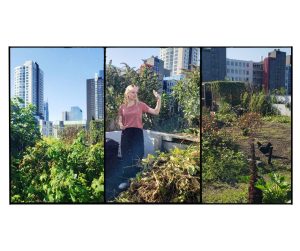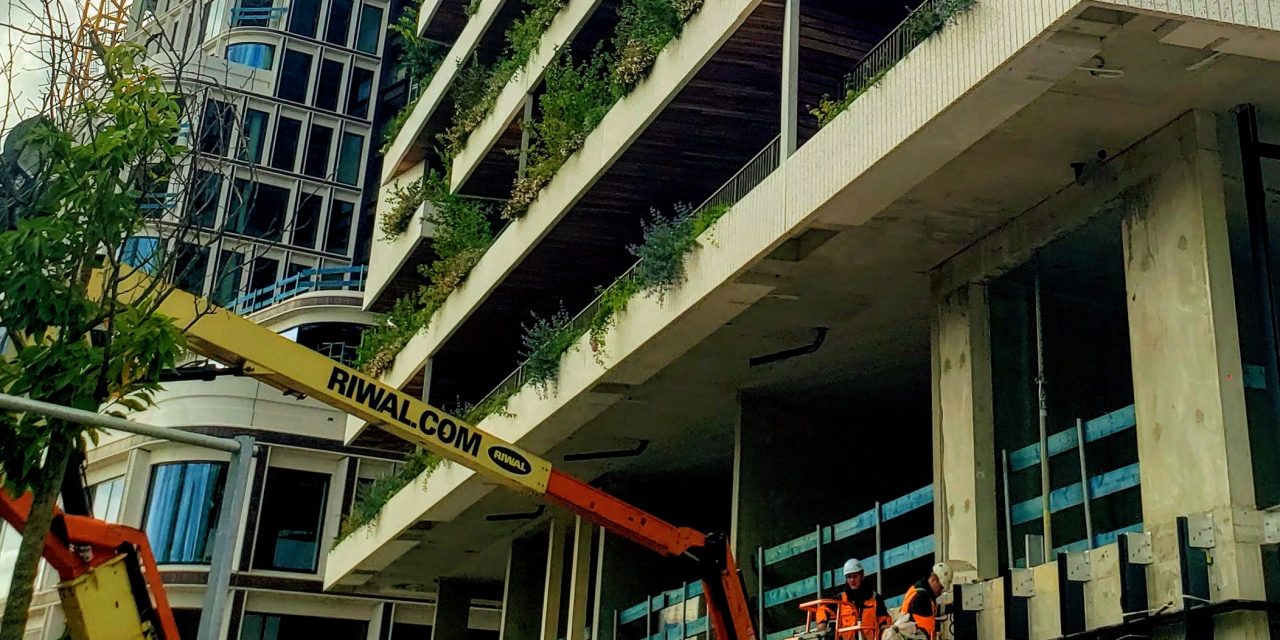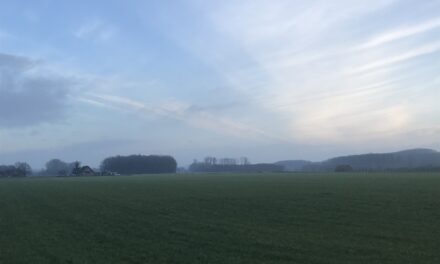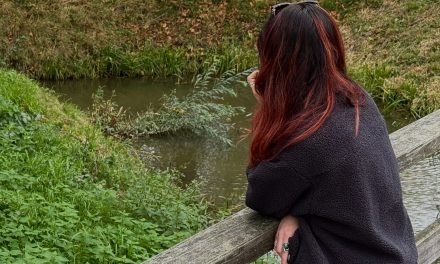Looming into the sky, on an inconspicuous corner just west of Utrecht Central Station, is the half-constructed core of Utrecht’s very first vertical forest. This innovative project is called Wonderwoods, and it is a leading demonstration of what the buildings of the future could look like.
Residents in Utrecht witnessed surprisingly high temperatures in early September, the effects of which were exasperated by the urban heat island effect, a phenomenon in cities where the heat gets trapped because nature’s cooling methods are lacking in a ‘jungle’ made of concrete, bricks, and metal. These sweltering days followed a summer of floods and fires across Europe. With climate concerns rapidly becoming more apparent, cities internationally are working harder than ever to move quickly towards a greener reality. Inspiringly, Stefano Boeri’s Wonderwoods is a shining example of a green solution which combats both the urban heat island effect and climate change.
Biking past Jaarbeursboulevard, the construction is already well underway. Plants poke out of existing balconies which circle around the skeleton of what will soon, in 2024, be the city’s forest-in-a-building. It will house not only residents and offices but also different species of trees, shrubs, and flowers – 10,000 of them. Boeri’s building will therefore become a force of nature in and of itself as it will absorb 5,4 tons of CO2. The first floor will host a research center which will be open to the public and will connect to a rooftop garden. The center will use Wonderwoods as an example to work towards a future with more vertical forests and sustainable solutions.
Cities are often associated with crowded streets, smog, and general pollution, but what if cities had biodiversity, naturally purified air, and balanced carbon emissions? This is a city we can only dream of, but maybe it is not so far outside of the realm of possibility. Initiatives involving roof gardens and green architecture are on the rise. Maurits Berndsen a professor of building physics was interviewed on the feasibility of such initiatives, and he discussed how these “structures are more of a challenge, but they are not impossible, of course not, it has been done before.”

Figure 2: Photo by Anna Pentermann. Class tour of Rotterdam’s famous roof garden initiative – DakAkker.
Berndsen told how the structures needed to support weight of the soil would require more materials. The more soil needed by plants the higher the compromise between the human gain and the cost. The human gain from vertical forests is large. Such buildings collect water, filter air, and regulate temperatures. They can also help hold water during big storms because plants will absorb water and soil will hold it. While roof gardens and vertical forests are technically challenging, they are possible. Berndsen said you “always have to make considerations what is best for the city or for the people who inhabit the building.”
It is a possibility for future cities to be full of vertical forests. The building process will take more energy given how strong the building needs to be, but such buildings balance out their energy output by absorbing CO2. There is also no one way to make a building green. Some vegetation only needs a few centimeters of soil.
Green buildings are only one way the future may look more sustainable, yet it is a promising concept. As Berndsen said, “There is no limitation. Always the limitation is money. But if you have a vision or a mission to do right for the planet then it is always possible.”




